“In a time of a pandemic, where we as human beings had to adapt so much, telling stories of how people did that is very important. It shows we are capable of being human and going with whatever odds are thrown at us.”
Tutu Tusiime – Journalist, Uganda
Tutu is a young journalist from Uganda. She is one of 20 journalists taking part in the Stories of Hope project, an initiative of AKF and the Aga Khan University’s Graduate School of Media and Communications (GSMC) in Nairobi, supported by the European Union (EU). Through this project, Tutu and her peers from across Uganda and Kenya are growing their journalistic skills to produce and publish stories of hope emerging from their local communities amidst COVID-19.
The impacts of the pandemic in East Africa are profound and multifaceted. The region is significantly vulnerable due to existing underlying socio-economic fragilities, and both formal and informal economies have been hit hard. Moreover, the physical and mental health of the population is being threatened by overwhelmed health systems. All of this, coupled with media sensationalising, has contributed to an atmosphere of fear and uncertainty. Yet, the resilience of East Africa’s communities shines through, offering stories of hope and optimism which this group of young journalists has been tasked with sharing.
On a recent visit to Kenya, I had the opportunity to meet Tutu and three of her fellow journalists taking part in the project. In true pandemic style, the meetings were hybrid in format; two in person (Elizabeth and Zeynab, who are both from Kenya) and two over Zoom (Tutu and Boaz, both Ugandan). As the interviewers became interviewees, I was inspired by their passion for telling local stories, as well as their drive in becoming East Africa’s next generation of journalists.
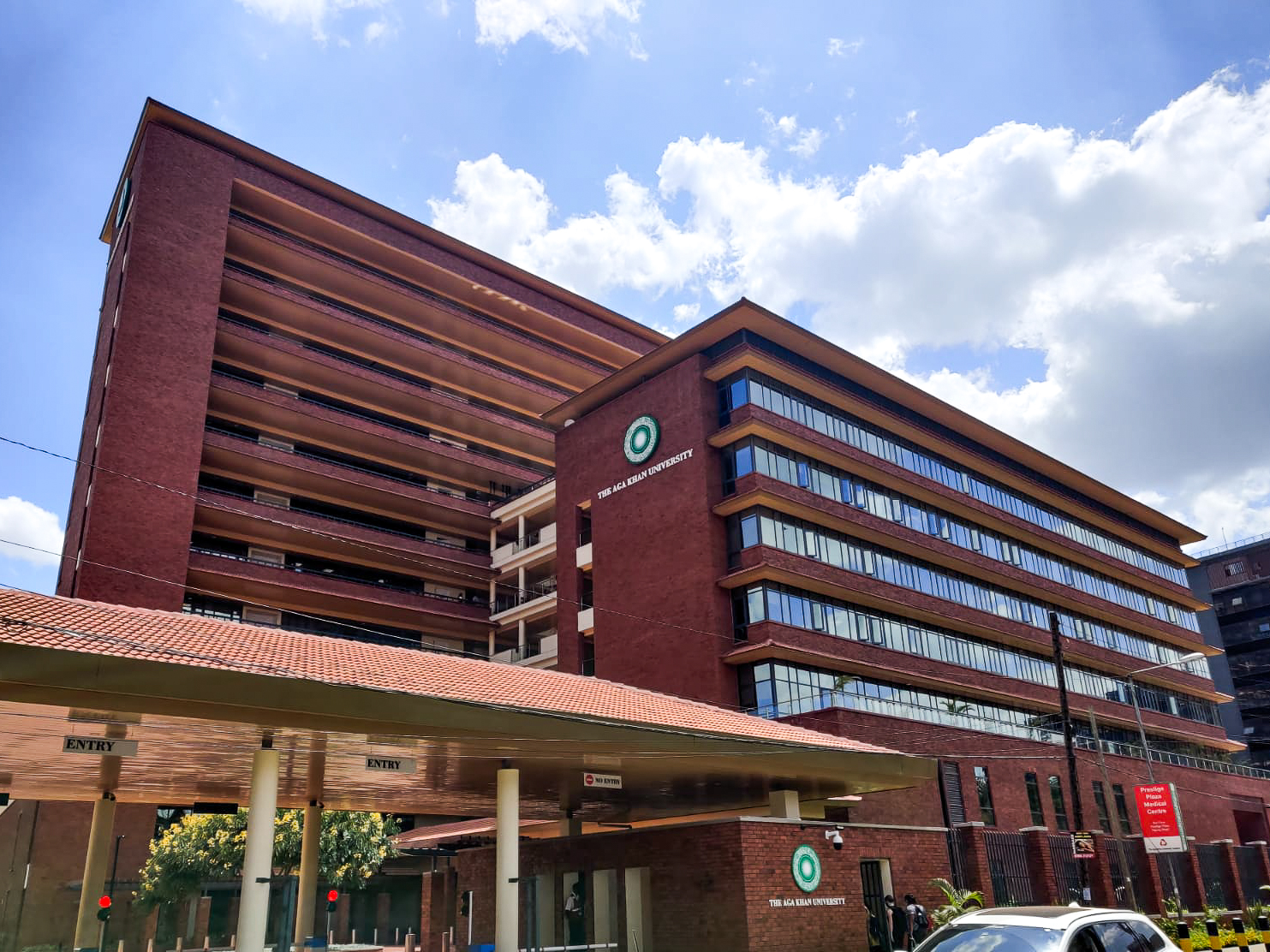
While the course is designed for young people between 21 and 28 years old, all the learners are professional, working journalists. Elizabeth, for example, covers celebrity stories as a lifestyle journalist, whilst Zeynab is a TV journalist and one of the only graduates from her university class working in TV. She told me, “When people watch the news, they relate more when they see someone who’s like them on TV. When stories are told by people who are actually from the places they’re telling stories about, people relate more.”
“When people watch the news, they relate more when they see someone who’s like them on TV. When stories are told by people who are actually from the places they’re telling stories about, people relate more.”
Zeynab Mohammed – Journalist, Kenya
This organic relatability is vital to Zeynab’s work, as it enables her to build a stronger rapport with her subjects. Tutu agreed, laughing as she told me that she often finds herself with two or three hour-long interviews to transcribe because the conversations flow so naturally. For Tutu, being a local journalist means the context of the story is always accessible, “I’m usually researching something that I have either experienced myself or seen happen in my community”, she said.
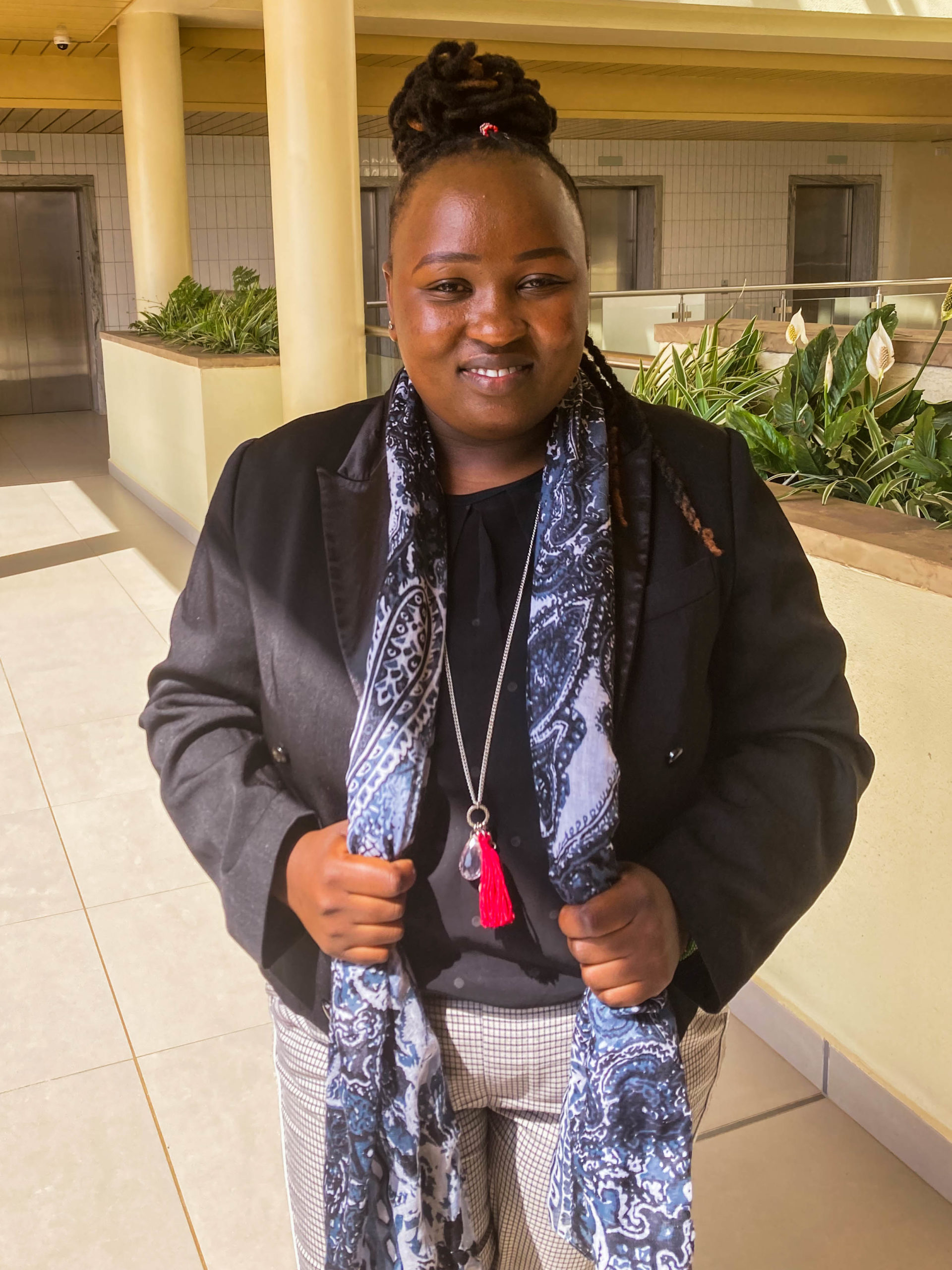
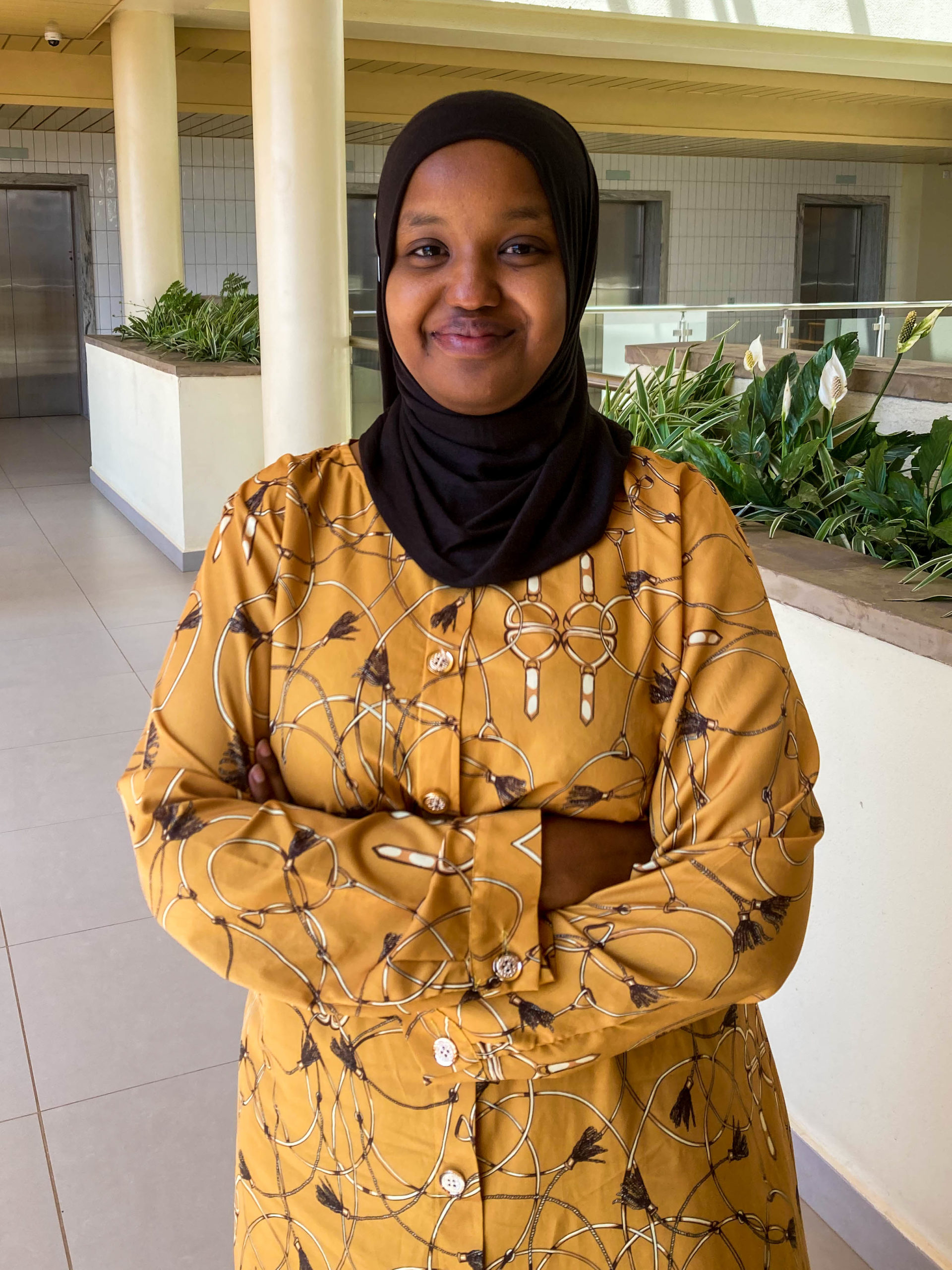
Training young journalists born and raised in the region is central to the project, as Alykhan Peermohamed, Head of Training at GSMC, explains, “African countries have very youthful populations. Young people are generally placing a lot more value on freedom of speech and expression, more than previous generations ever did. By empowering young journalists, we’re helping them to tell factual, accurate and objective stories.”
“African countries have very youthful populations. Young people are generally placing a lot more value on freedom of speech and expression more than previous generations ever did. By empowering young journalists, we’re helping them to tell factual, accurate and objective stories.”
Akykhan Peermohamed – Head of Training, GSMC Nairobi
Working in the media in East Africa doesn’t come without its challenges. Boaz, the only man in the group of journalists I met, spoke of censorship and the risks that come with being a journalist in a media landscape that is so intertwined with politics. Often, this complexity affects the types of stories that are published. Zeynab told me, “There are stories that get instant facilitation, particularly if they have a political focus. If I want to tell a positive story about mental health, I might be told ‘let’s put this on hold for now’.”
As a woman, Zeynab and her female peers often contend with being perceived as less credible, and Tutu spoke of having to prove herself and her skills, “Sometimes people say they will only speak to me for five or ten minutes because I’m just a 20-something year old girl, but then we end up speaking for double that time. I just have to prove myself.”
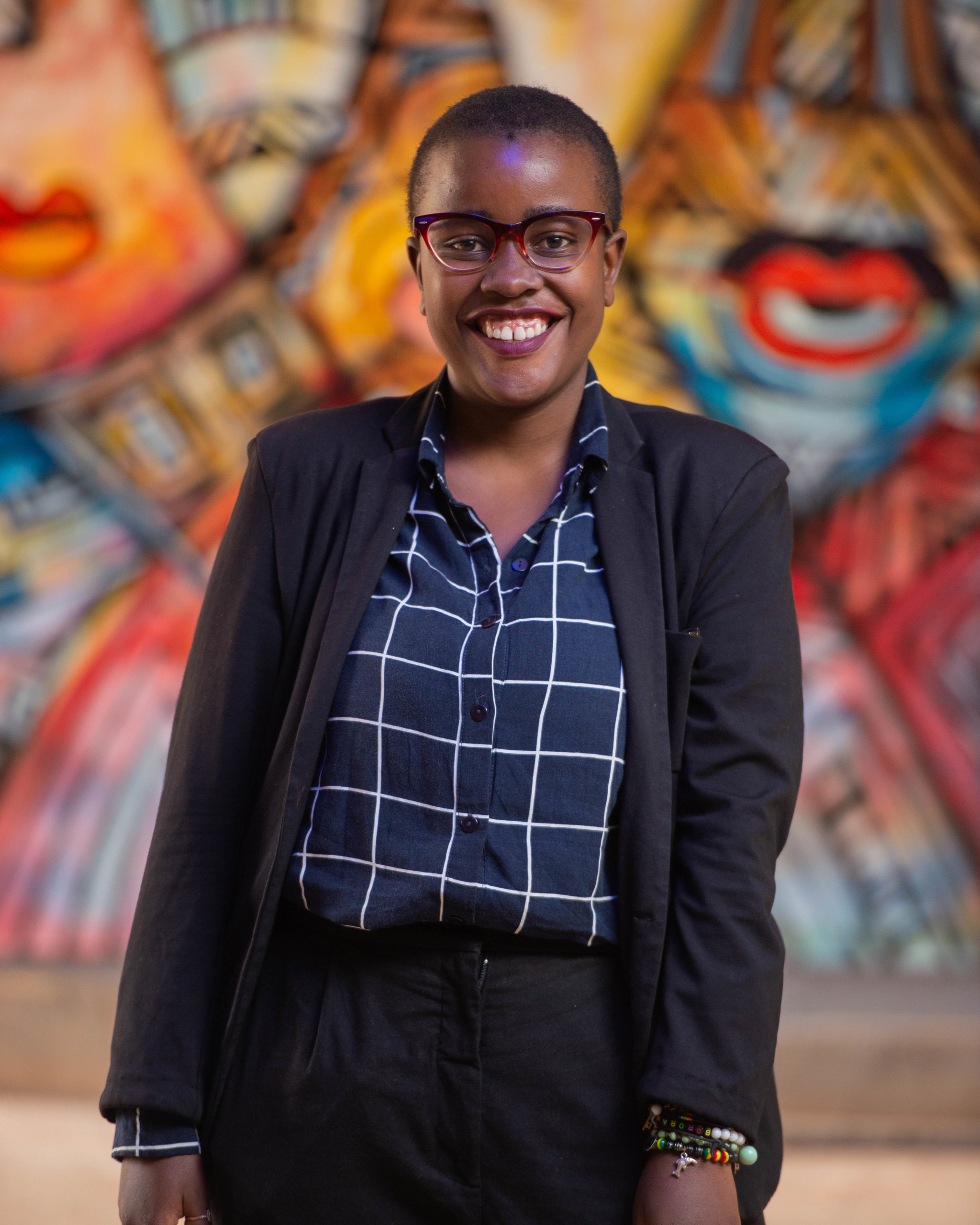
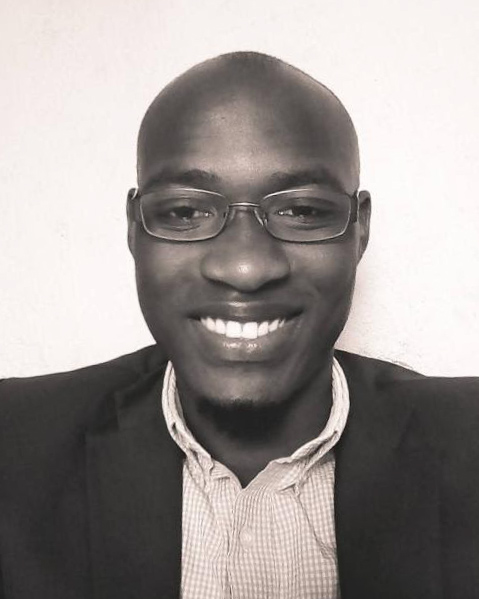
As well as these challenges, we discussed difficulties in finding work and training opportunities, which is why the Stories of Hope project has made such an impact. “They’re working, practising professionals,” said Alykhan, “we aren’t trying to teach them journalism. What we want to do is equip them with the skills to reach different audiences and tell better stories with an array of depth and data.”
The cohort of journalists came to the training with real-life experience under their belt, but as Elizabeth said, “journalism doesn’t stop evolving”. She told me how at university, she learned to edit videos on a computer, but through this training she can now edit videos at the touch of her fingertips on her mobile phone. Learning mobile journalism – shooting, editing and publishing a story entirely from mobile – was a highlight for the whole group, who often work in remote settings with limited equipment. Tutu said, “I came in this as just a writer, but now I can offer other features like multimedia, audio visual and data journalism. It’s pushed me out of my comfort zone.”
“I came in this as just a writer, but now I can offer other features like multimedia, audio visual and data journalism. It’s pushed me out of my comfort zone.”
Tutu – Journalist, Uganda
As well as empowering young journalists with new skills, the project’s overarching aim is to share stories of hope amidst the COVID-19 crisis. The first batch of inspiring stories have been published and their emphasis on positivity is evident. For the journalists I met, this came as light relief between the typical stories found in the media at the moment. Boaz said, “Life doesn’t have to end with COVID, life has to continue. We’re telling these stories where we have reach, and I feel it is energising and important to tell these stories in society.”
Just as the journalists are telling their own positive stories, after meeting them I was inspired to share my own story of hope – the story of Boaz, Elizabeth, Tutu and Zeynab, who represent hope for the future of journalism in East Africa. Their desire to learn and keep growing their knowledge, as well as their camaraderie as a team was palpable, and I can’t wait to see where this experience will take them next.
Read the first batch of published stories from the Stories of Hope project, including Elizabeth’s, Tutu’s and Boaz’s stories.
A special thank you to Boaz Namanya, Elizabeth Ngigi, Tutu Tusiime and Zeynab Mohammed who contributed to this article, and to the GSMC team who facilitated the visit.
This is a project funded by the European Union and the Aga Khan Foundation and implemented by agencies of the Aga Khan Development Network. Views and opinions expressed are however those of the author(s) only and do not necessarily reflect those of the European Union. Neither the European Union nor the granting authority can be held responsible for them.





